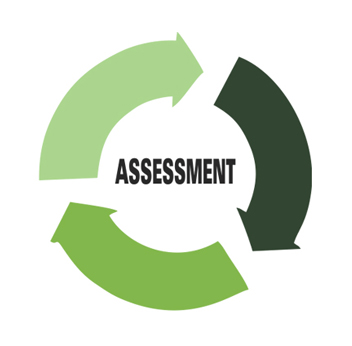Life Cycle Assessment
Home → Life Cycle Assessment
Home → Life Cycle Assessment

Life Cycle Assessment (LCA) is a technique that assesses the environmental impacts from manmade activities such as extracting raw material, manufacturing an automobile, flying an airplane, etc. This assessment is made in the following four (4) life cycle phases:
The International Standards Organization (ISO) publications provide the guidelines and standards to measure the environmental impact. The ISO publications are
Conducting Life Cycle Assessment on a product or a process requires specialized skill and significant amount of time. Often times, improper goal and scope definition will yield inaccurate inventory analysis and misleading impact assessment.
Function Unit and Equivalent Use have to be defined properly in the Goal and Scope Definition phase to conduct Life Cycle Inventory Analysis. For example, if you are interested in determining the energy required to produce different cups (plastic, paper, ceramic, etc.), then the Function Unit for a cup can be defined as "its capability to hold hot and/or cold drinks" and the Equivalent Use can be defined as "the size of the cup". If the cup sizes are different and some cups hold only cold drinks and some hold hot and cold drinks, then we are not comparing the equivalent system in the Inventory Analysis.
There are many privately held companies have proprietary databases to conduct the inventory analysis. The baseline data for these databases are from public domain information. Then, these companies augment the public domain data with their own data based on their research and experience.
In US, there two widely used public domain LCA databases. They are: